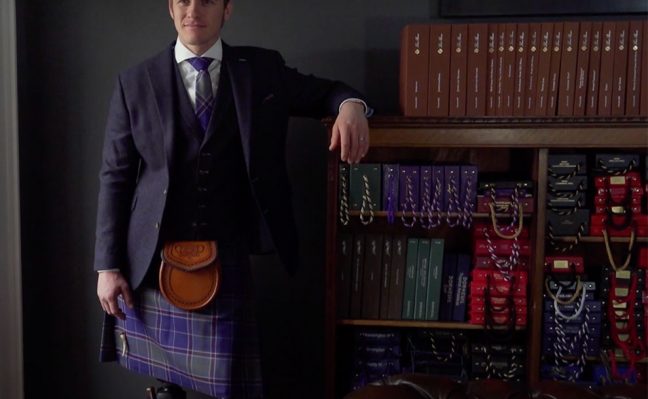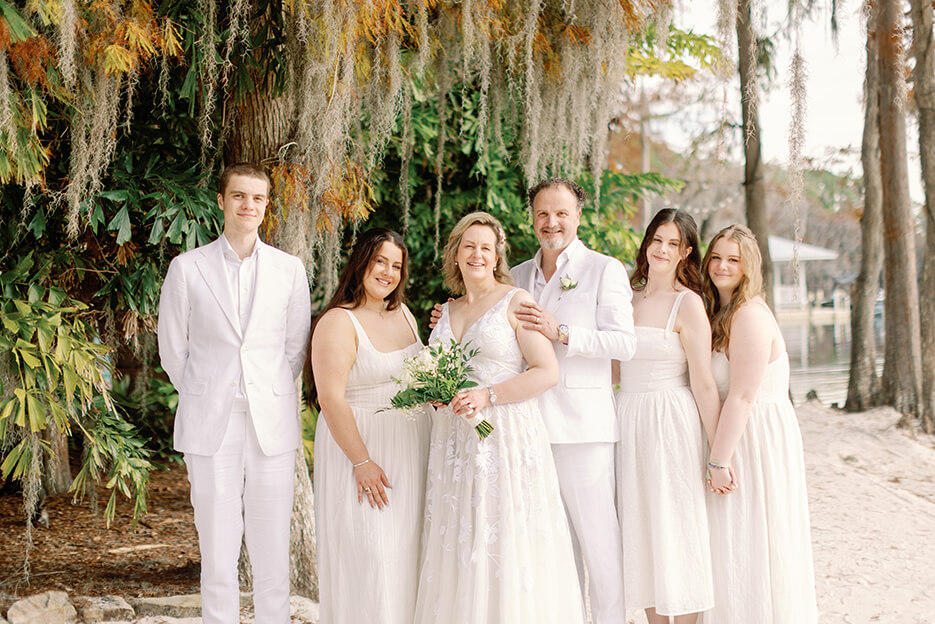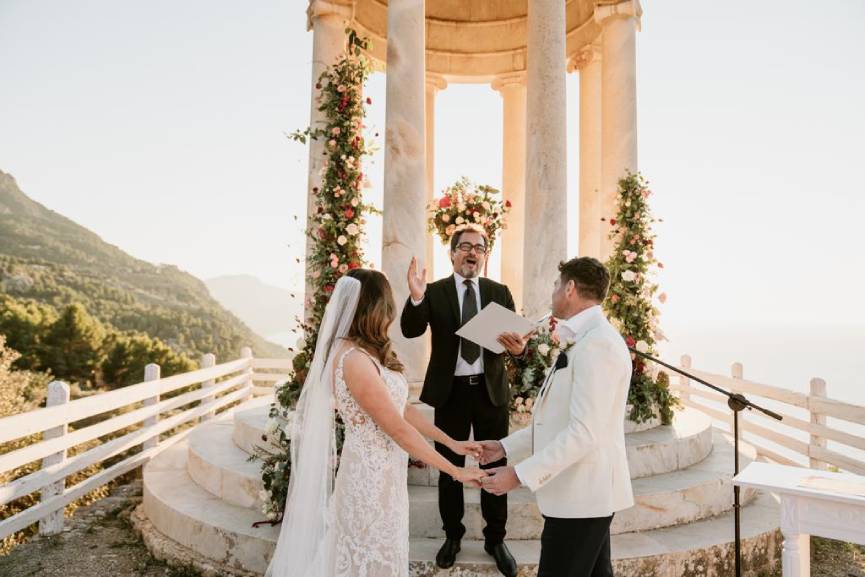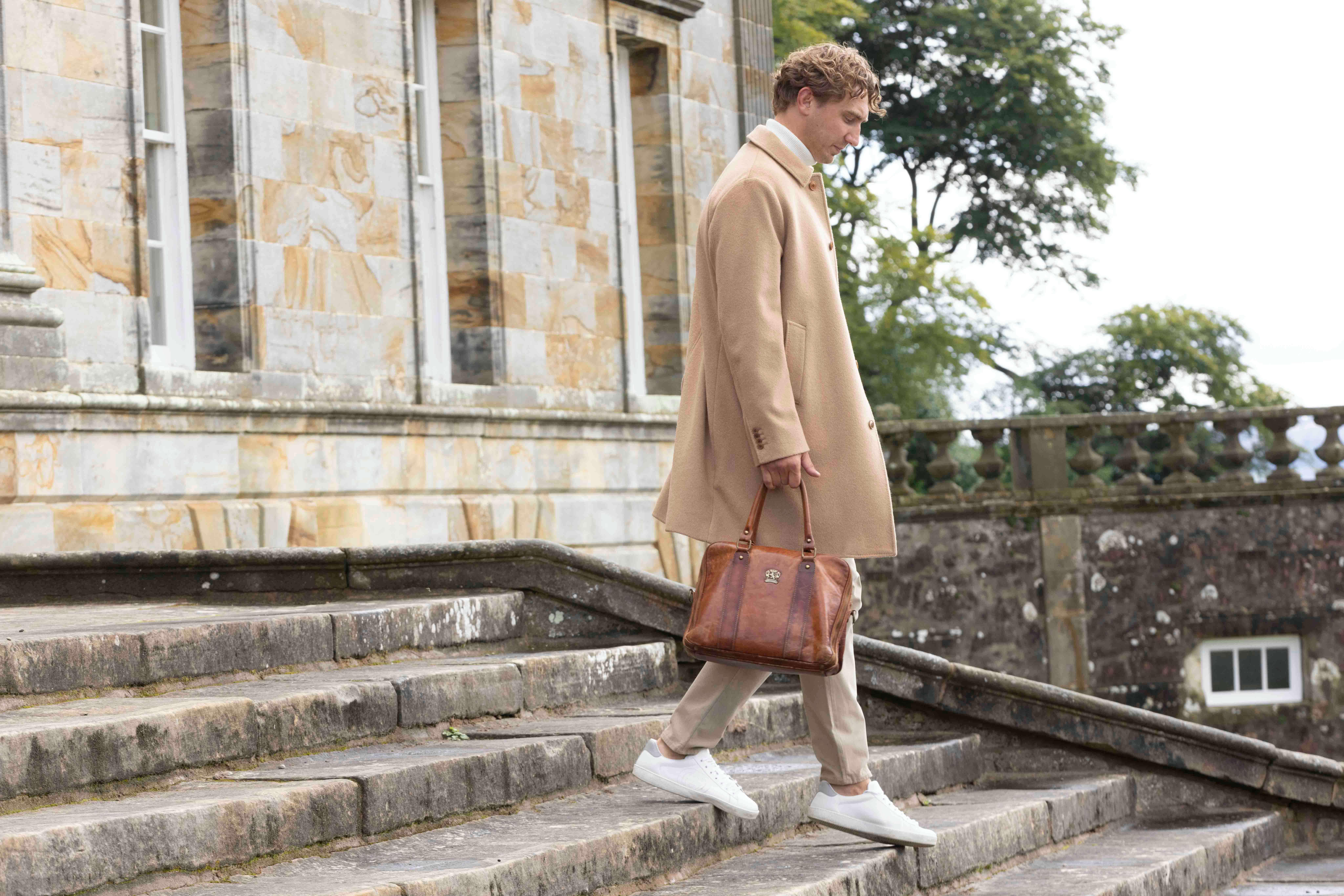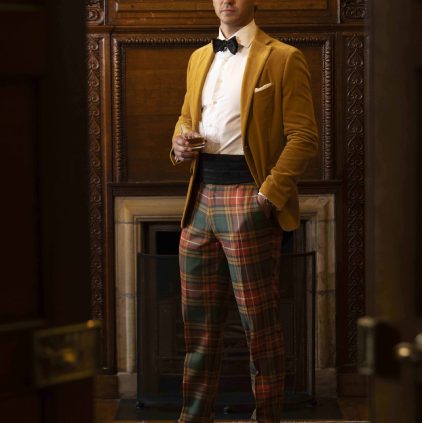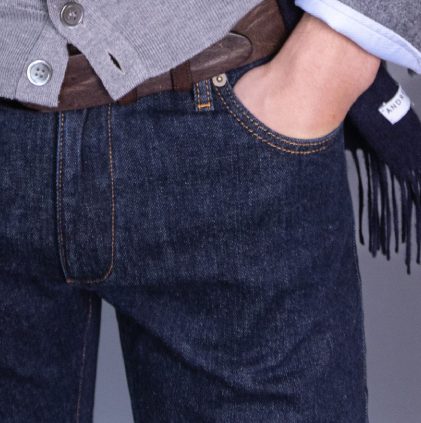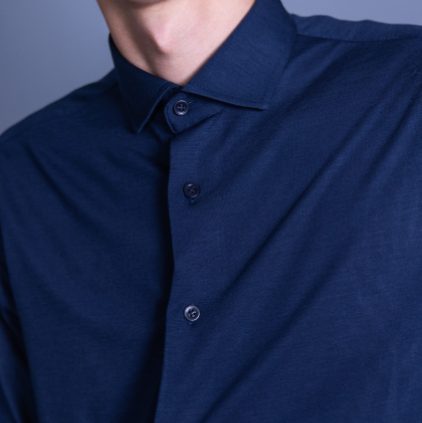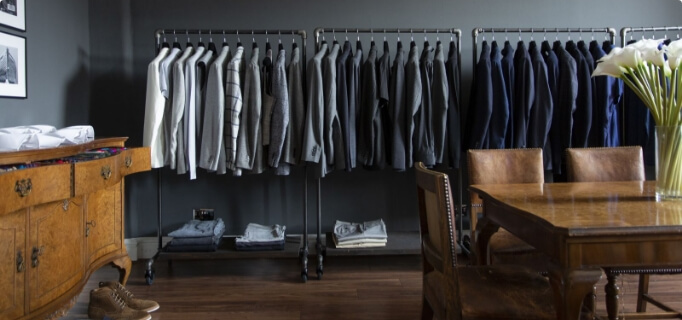Tuxedo vs suit: what’s the difference & which one to choose?
Finally learn the difference between a tuxedo and a suit, and when and how to master the two distinct styles. Read on.
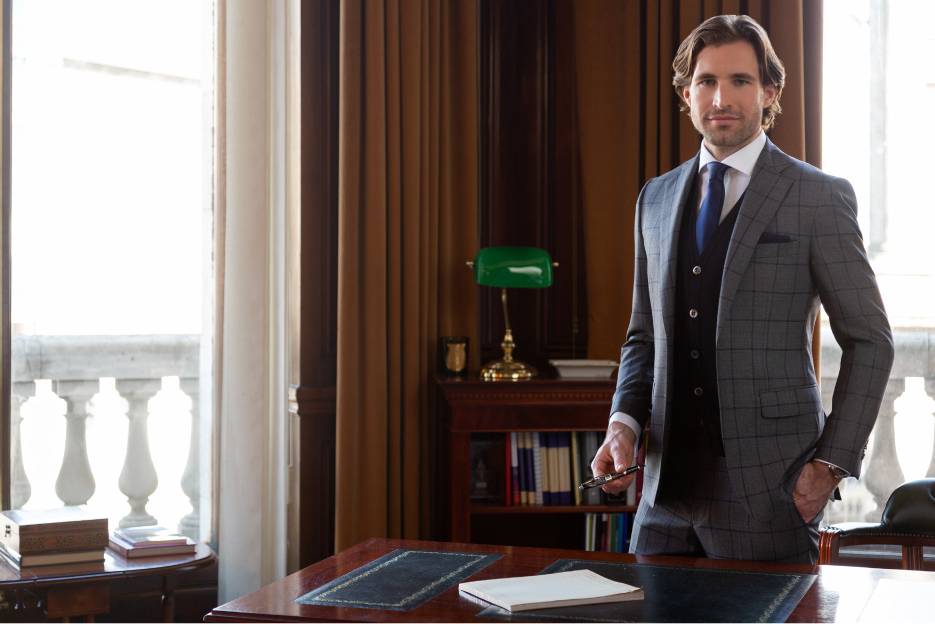
When it concerns formal wear, you’ll likely find yourself at a crossroads, one labelled tuxedo, the other signposting suit. But what separates these two wardrobe staples? Is it just a matter of preference, or are there specific occasions and styles that call for one over the other? In this blog, we’ll dive into the history, key distinctions, and guidance on how and when to choose between the two
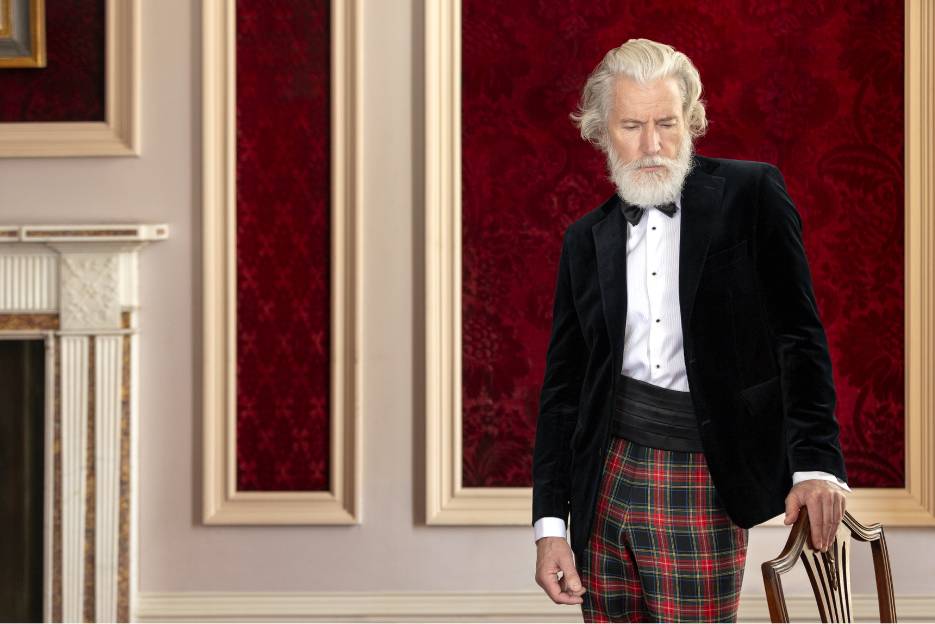
What is a Tuxedo?
Historically, the tuxedo evolved from the tailcoat during the late 19th century. It was introduced as a more casual alternative for less formal evening wear, though still keeping a strong sense of sophistication. The tuxedo became popular in the U.S. thanks to the Prince of Wales, later King Edward VII, who helped solidify it as a formal dinner outfit.
Formal in nature, the tuxedo is traditionally worn to black-tie events. Its design includes a satin or silk finish and typically features satin lapels which lean into the elegance that defines it. They usually pair with a matching satin stripe down the side of the trousers and are almost always paired with a bow tie, a formal dress shirt, and polished black shoes.
What is a Suit?
The suit’s evolution traces back to the early 19th century when British tailors moved away from the overly elaborate designs of aristocratic wear. As a result, a stylish yet simple option that became a wardrobe staple for men around the world came about and the modern suit was born. Over time, the suit became the go-to choice for everything from daily office wear to more casual evening events.
A suit is more versatile than a tuxedo and acts as an everyday option for both formal and semi-formal occasions. It consists of a jacket and trousers made from the same fabric, with various options in materials such as wool, cotton, or linen. Suits can be worn to a wide range of events, including business meetings, weddings, and with the right styling, even casual affairs.
What is the Difference Between a Tuxedo and Suit?
The main difference between a tuxedo and a suit lies in the material, lapels, styling, and accessories. Below, we take a deeper look.
Material and Fabric
Tuxedos are typically made of a glossy, luxurious fabric such as satin or silk, especially for the lapels, trousers, and sometimes even the jacket’s edging. Suits, on the other hand, are generally made from wool, cotton, or other matte fabrics.
Lapels and Buttons
Tuxedos traditionally feature satin lapels which contrast with the rest of the jacket’s fabric. Suits often have a more subtle wool or fabric-based lapel. Tuxedos are also usually designed with a one-button or double-breasted style, while suits offer a greater variety of button styles.
Cost
Generally, tuxedos are priced higher due to their luxurious fabric and design details. The materials, finishings, and overall craftsmanship required for a tuxedo contribute to its premium cost. Suits, while still a significant investment, are typically more affordable.
Styling
Tuxedos are traditionally paired with a bow tie, formal dress shirt, and often a cummerbund or waistcoat. Tuxedo trousers may feature a satin stripe running down the side. Suits, however, can be worn with a variety of shirts and ties, ranging from the more formal necktie to an open collar for a more relaxed look. Tuxedo trousers typically feature a satin stripe, while suit trousers tend to be plainer or patterned with stripes or checks.
Accessories
For a tuxedo, accessories are formal: a bow tie, cufflinks, and sometimes a pocket square. Suits, on the other hand, offer more flexibility with accessories: neckties, ties, scarves, and even leather belts.

When to Wear a Tuxedo or Suit?
Tuxedos are generally reserved for glamorous, formal occasions such as black-tie events, galas, weddings, and upscale evening functions. You’ll not likely see them in the boardroom. It’s your go-to choice when the event explicitly calls for “black tie” or “formal attire.” It’s also a popular choice for grooms and their groomsmen at weddings.
Suits are more versatile and can be worn in a variety of settings. They’re ideal for business meetings, conferences, professional and semi-formal occasions like casual weddings or dinner parties.
How to Choose Between a Tuxedo and Suit?
If you’re trying to choose between a tuxedo and a suit, below we have listed the following to help make your decision clearer.
Budget
Tuxedos are typically more expensive than suits due to the fabrics and design details. If you’re on a tighter budget and need something more versatile, a suit may be a more practical option.
Frequency of Wear
If you find yourself attending black-tie events regularly, investing in a tuxedo makes sense. However, if you only need something for an occasional special event, a suit may be a better choice for its adaptability.
Event Formality
Consider the formality of the event you’re attending. If it’s a black-tie gala or wedding, the tuxedo is the clear winner. For a semi-formal wedding or business event, a suit is the better choice.
Styling Preferences
If you love the classic, timeless elegance of a tuxedo, and enjoy the formality that comes with it, go for a tux. But if you prefer something more versatile and ready for a variety of occasions, a suit will serve you well.
Where Can you Find a Tuxedo or Suit?
By now, you’ve likely decided whether a suit or tuxedo is right for you but why settle for anything less than a perfect fit? At Andrew Brookes Tailoring, we create bespoke pieces made for you, not just made to measure. With expert craftsmanship, premium fabrics, and a design process built around your style, we ensure you look sharp and feel confident. See what sets our suits and tuxedos apart by browsing our bespoke suit collection here
Have questions or want to enquire? Contact us directly on 0131 225 3659 or email mel@andrewbrookes.com




